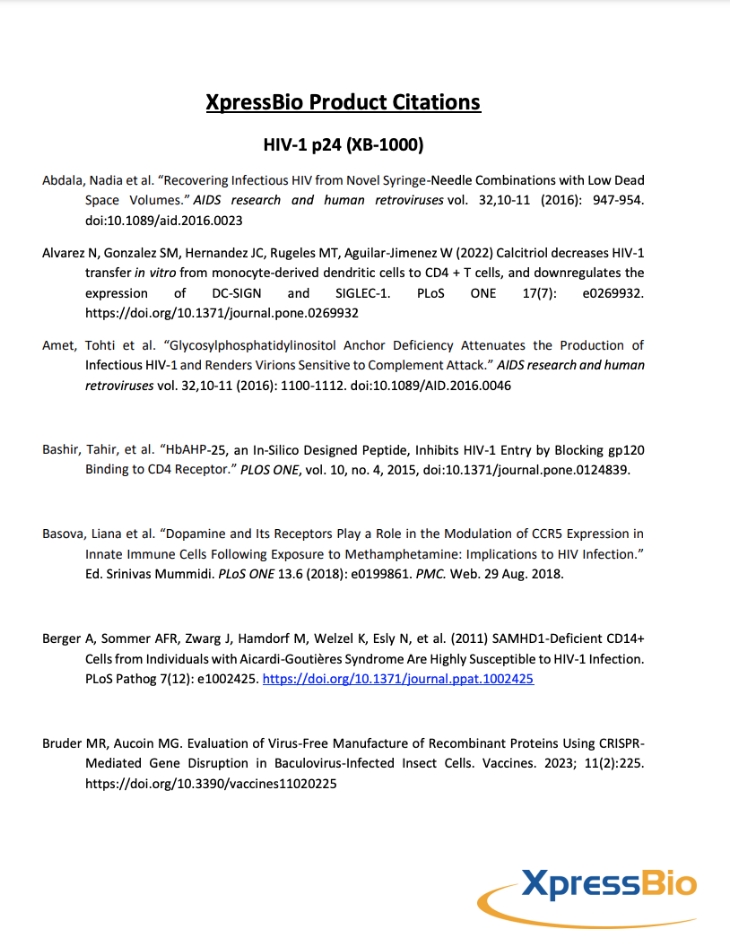Description
Each plate is coated with Hantaan Virus (HAN) Hantavirus: a recombinant HAN nucleoprotein. Will cross react with other Hantavirus.

10% off all Cas9 ELISA Assays — Use Discount Code 10offApril | View Products
10% off all ADME Assays — Use Discount Code 10offApril | View Products
FREE YETI TUMBLER FOR NEW CUSTOMERS THAT ORDER OVER $100
Free T-shirt — Sizes may vary

$205.00
Each plate is coated with Hantaan Virus (HAN) Hantavirus: a recombinant HAN nucleoprotein. Will cross react with other Hantavirus.
| Weight | 2 oz |
|---|---|
| Dimensions | 8 × 5.25 × 0.75 in |
| Storage Temperature | +4C |
| Shipping Temperature | RT |
| Unit Quantity | 48 Antigen Wells and 48 Control Antigen Wells |
Authors: Hamdan, Nur Elfieyra Syazana, et al.
Tropical Life Sciences Research 28.1 (2017): 151–159.


Download our Product Citations


All of our products are intended to be used for RESEARCH purposes only. They are not intended to be used for drug or diagnostic purposes nor are they intended for human use.
XpressBio uses cookies to make the website easier to use. You can review our Privacy Policy here.
Join hundreds of VIP members who get our monthly newsletter with news, updates and special deals.
Enjoy $50 off your first order when you join!